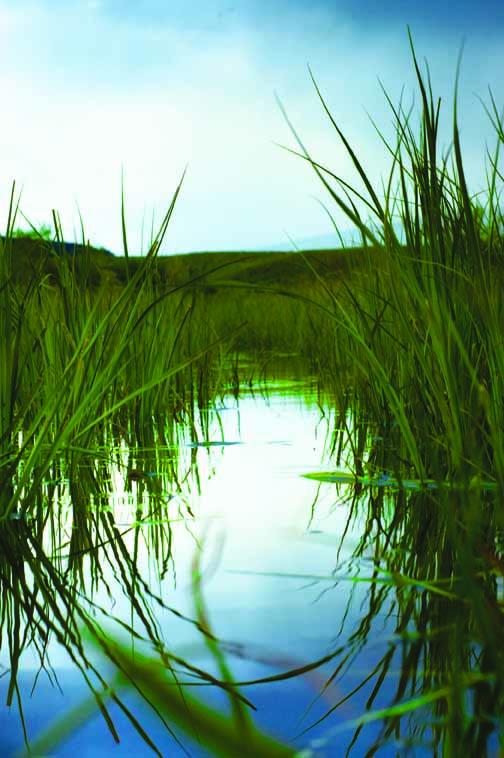Challenging Choices
In today’s climate of divisive discourse, it can be extremely difficult to have a meaningful discussion of “living green” without it deteriorating into finger-pointing and name-calling. Unless you surround yourself with perfectly like-minded people (which is boring), you’re bound to encounter disparate ideas, conflicting viewpoints, and accusations of impropriety on either end.
What if we look instead at our own choices, and ask: “Are we doing our best? Are we making a few sacrifices for the greater good?” Or perhaps more importantly, are we becoming complacent, thinking our “green” lifestyle choices are helping to preserve a clean, resource-rich planet when, in reality, our overall lifestyle is contributing to its degradation?
Of course, we can reduce, reuse, and recycle. Wash and reuse those Ziplocs until they become odiously opaque and impossible to seal. Outfit our homes with high-efficiency windows, lots of insulation, and solar hot water. Fuel our diesel wagons with local waste vegetable oil. Walk or ride bikes almost everywhere—which is easy to do given that we live in a small town with relatively minimal traffic and the farthest errand is just a few miles away. In short, do what we can, when we can, to live the green life.
But it’s not always that simple. Sometimes, our outdoor lifestyle impedes our efforts to live an environmentally conscious lifestyle. How often do we drive to the trail for a mountain-bike ride? Or to the ski area, hauling our gear and ourselves up the mountain on a chairlift, burning who knows how much fossil fuel? Because we live in Montana, we often vacation close to home—but most of us fly to visit family or friends in other states, and take trips outside of the country. That’s a big foot print.
And when we buy green products, what does that even mean? It’s a ubiquitous term these days, especially in packaging and advertising. But there are no enforceable standards for what can and can’t be called “green.” The Federal Trade Commission has come up with guidelines for environmental marketing claims, but they’re voluntary. Guidelines including making product disclosures or qualifications in a legible-size type; not overstating a product’s environmental benefits; not deceiving consumers with misleading product comparisons. All voluntary. So we have no idea whether the products we’re buying are sustainable or not. Thus, in our efforts to live green, are we really making a meaningful, substantive difference?
We live in a society that consumes a lot of resources, relative to the rest of the planet—it’s nearly impossible to live in the U.S. and have no environmental impact. Just think about how easy it is to accumulate random material goods—our society promotes, and our economy depends on, over-consumption. And our transportation infrastructure is designed for cars, which, as a Norwegian consumer ombudsman once said, “cannot do anything good for the environment except less damage than others.” In other words: See the bigger picture.
Despite all this, we can—and should—try out best to leave the planet in better shape than we found it. Remember the old Native American saying: We do not inherit the Earth from our ancestors, we borrow it from our children.
Still, we need to be happy, and it’s no fun giving up everything that makes life great. The key is balance. If it’s easy, or fun, or saves money in the long run to substitute a product or use less energy by changing our habits, we should do it. That’s a no-brainer. If it takes a little more thought than that, or a little more sacrifice, then maybe we take some time to consider it—and decide what makes sense for us. If we do what we can, are willing to inconvenience ourselves once in a while, and make those challenging choices, then we won’t have to live with any guilt about the world we’re returning to our children.












